Ba Be National Park is one of the most famous national parks in Northern Vietnam (together with the Ba Vi National Park) as well as among the most important national parks in Vietnam. At an altitude of more than 300m above sea level, Ba Be National Park is called the treasure of the great mountains and forests of Viet Bac it is a complex of rivers-lakes-mountains located in the "evergreen moist forest" ecosystem in limestone mountains.
However, a few summary sentences like that are not enough to talk about this place. We will leave a complete guidebook about Ba Be National Park below. Now, let’s find out, shall we?
1. Introduction To Ba Be National Park
1.1. Natural Features of Ba Be National Park
Ba Be National Park is 250 km northeast of Hanoi in Vietnam. It has an area of 10,048 hectares, including a strictly protected area of 3,967.4 hectares; an ecological restoration subzone of 5,374.8 ha, an administrative-service subzone of 46.8 ha, internal buffer zone of 659.0 ha. The outer buffer zone area of Ba Be National Park is 25,309 hectares.
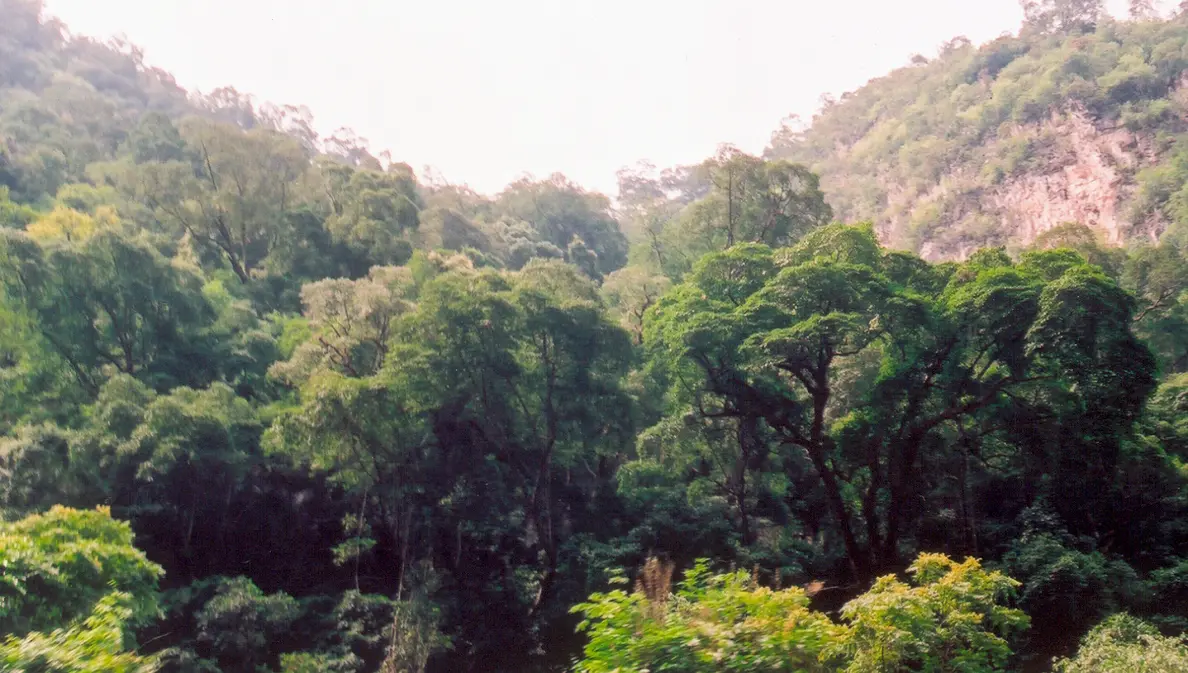
The terrain of Ba Be National Park has typical characteristics of Karst terrain due to limestone mountains weathered over many tectonic periods. Ba Be National Park is a complex of lakes-rivers-streams-karst mountains, from strong slopes to steep slopes with many caves. The terrain is strongly divided, there are both dirt mountains and rocky mountains and the altitude varies from 150-1000m, surrounded by mountain ranges 800-1500m high.
The flora and fauna in Ba Be National Park are very rich and diverse in quantity and type. According to scientific investigation data, Ba Be National Park is classified as type A in terms of biodiversity because it has:
- 650 plant species
- 412 animals
- 87 fish species
- 46 species of amphibian reptiles
- 332 butterfly species
1.2. The Importance of Ba Be National Park to Vietnam and the World

- In 1995, Ba Be Lake was recognized by the "World Freshwater Lakes" conference held in the US as one of the world's 20 special freshwater lakes that need to be protected.
- In 1997, Ba Be National Park was proposed by the Vietnam UNESCO Committee to be recognized as a World Natural Heritage by the UNESCO World Organization.
- In 2003, Ba Be National Park was recognized by the Association of Southeast Asian Nations (ASEAN) as a Southeast Asian Heritage Park (ASEAN Park).
- On February 2, 2011, Ba Be National Park was recognized by the Secretariat of the Convention on Wetlands of International Importance (Ramsar Convention) as a Wetland of International Importance (Ramsar Convention). Ramsar).
- In 2012, the Prime Minister of Vietnam decided to classify Ba Be Lake Scenic Landscape as a special national monument.
2. What Does Ba Be National Park Have?
From biodiversity and poetic natural beauty, Ba Be National Park has become the top priority of every Bac Kan tour. Coming to the Ba Be tourist area, we can not only admire the poetic beauty of the mountain lake but also visit and enjoy more than 20 special and unique relics and scenic spots, which are natural masterpieces, and a system of caves and underground streams.
2.1. Puong Cave
Puong Cave was formed when the Nang River flowed through Lung Nham limestone mountain and is a special, unique, and very attractive eco-tourism destination.
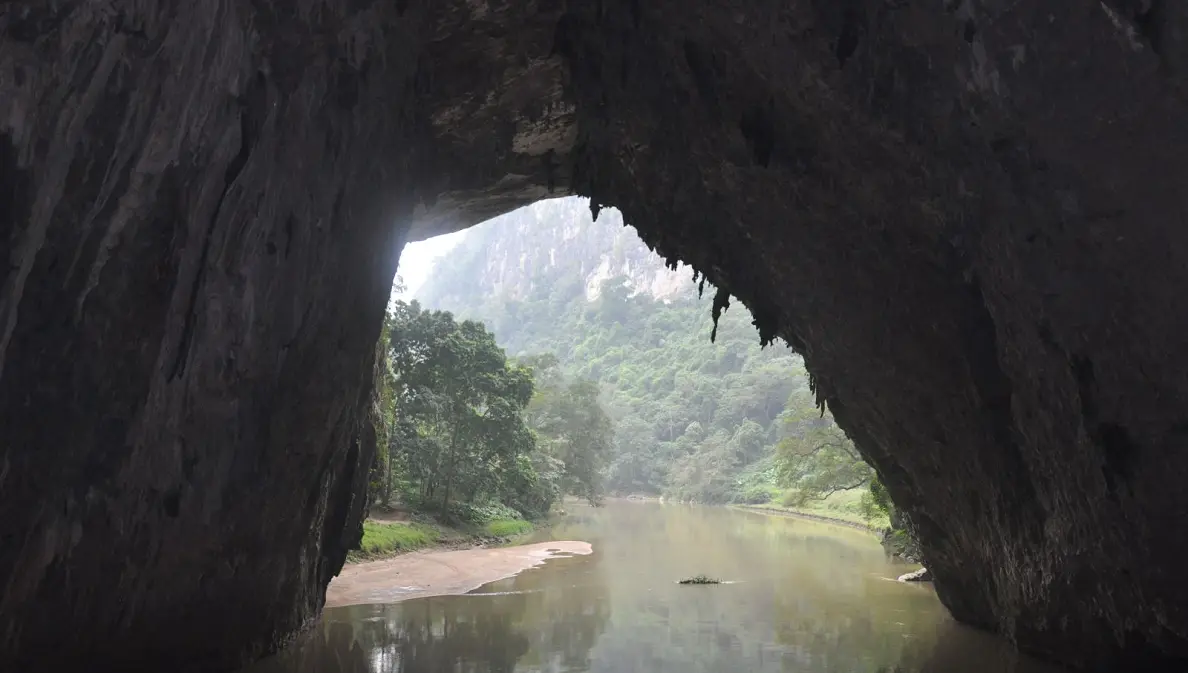
The cave is 300m long and more than 30m high, attracting visitors with its standing cliffs and stalactites with strange shapes and different colors. Puong Cave is also the residence of nocturnal animals. Typically, there are 18 bat species with numbers reaching thousands, accounting for the majority of bat species found in Ba Be National Park.
On the top of Lung Nham mountain - the roof of Puong cave, there are also Mac Dynasty battlements and wells. Therefore, Puong Cave is both a historical relic and a beautiful and attractive landscape that cannot be missed when tourists visit Ba Be National Park.
2.2. An Ma Island
An Ma Island is a limestone island rising 27 - 30m above the lake surface. On the island is the temple of King Thuy Te and relics of the Le Dynasty. This is an interesting and very convenient place to observe birds, animals, and lake landscapes.
2.3. Dau Dang Waterfall
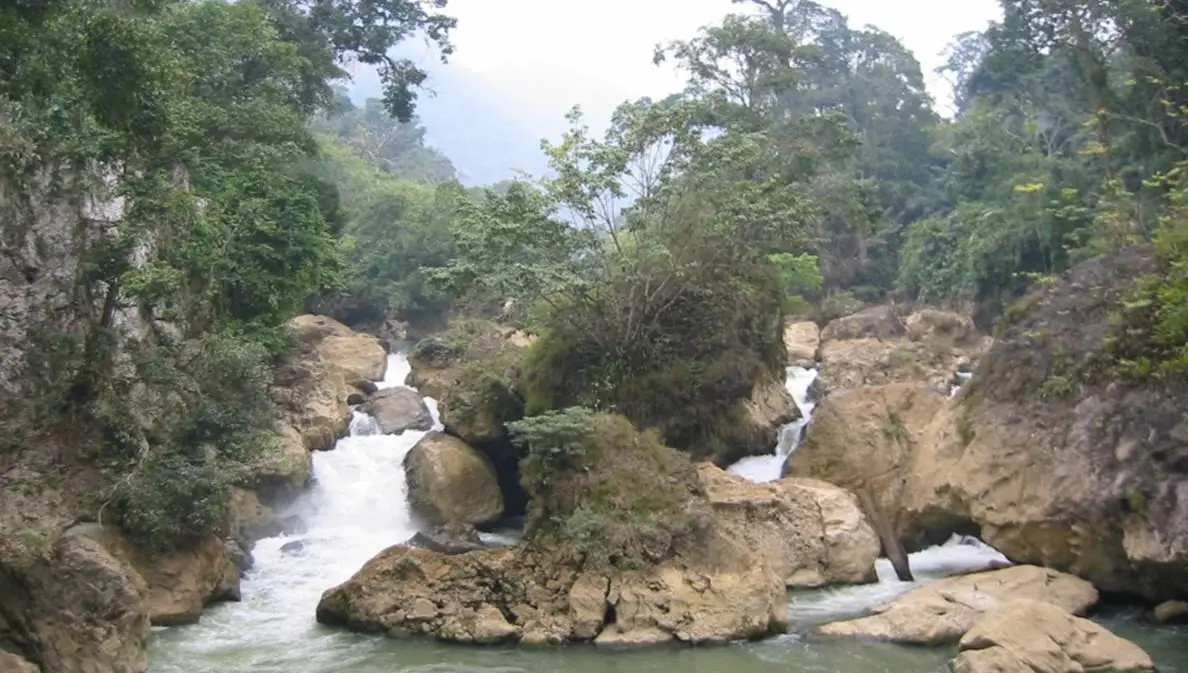
Dau Dang Waterfall is where the Nang River borders Tuyen Quang province, about 2km long, where the Nang River is blocked by rocks stacked on top of each other with a slope of about 500m, forming a waterfall.
2.4. Tien Pond (Fairy Pond)
Tien Pond is a very beautiful landscape located in the north of Ba Be Lake, 120m from the edge of the lake with an area of 4.5 hectares in the middle of a rocky mountain area with vegetation with high biodiversity.
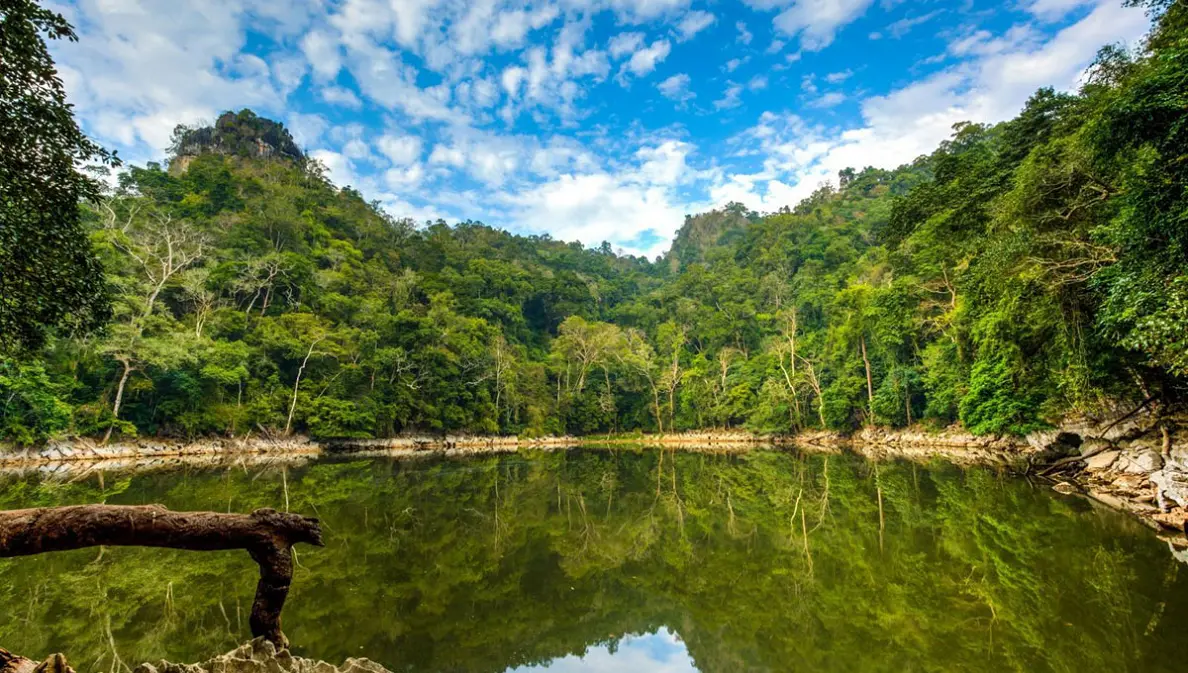
Located on the road from the lake to Tien Pond is a 15m-high and 35m-wide Tien Cave. The cave has cascading rocks looking towards the South. The Fairy Cave and the Fairy Pond create a pristine, quiet habitat that is considered an ideal tourist destination for nature-loving tourists.
2.5. Hua Ma Cave
The cave is located 6,000m southwest of Ba Be Lake, in Quang Khe commune. The cave is also known as Hanging Cave because the cave is located halfway up the mountain, has an altitude of 350m above sea level, has a length of more than 700m, and the cave ceiling is wide and 40 - 50m high in some places. The cave has an entrance in the East and an exit in the South.
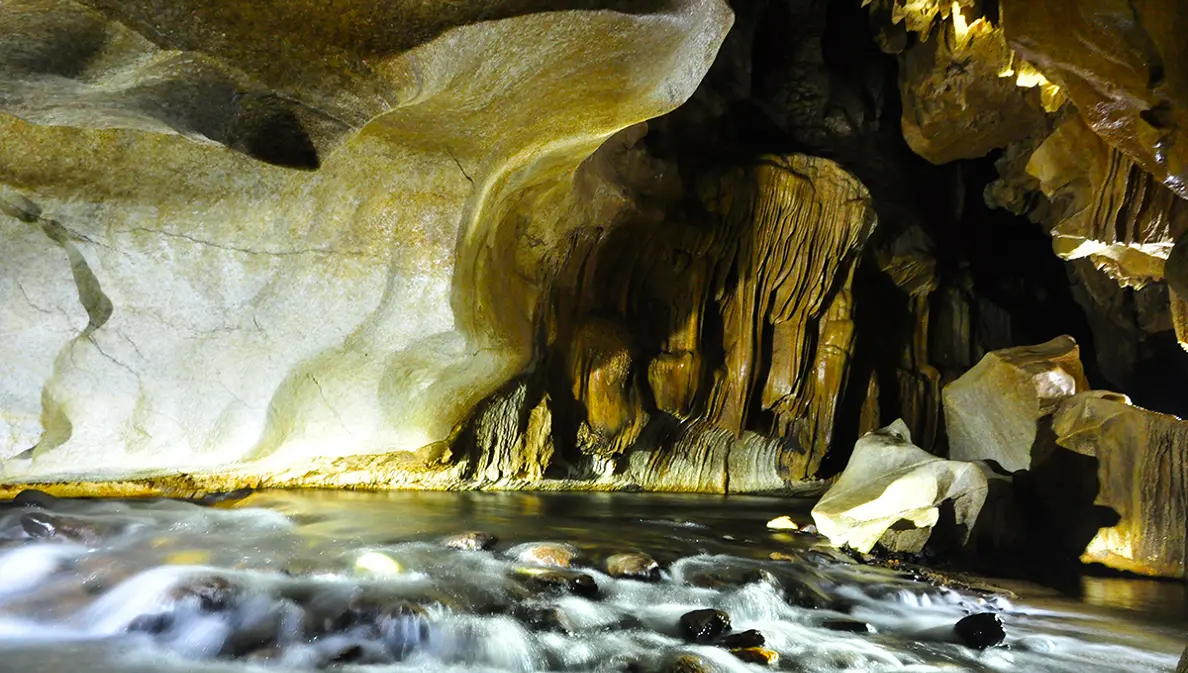
The cave has a wonderful and attractive landscape of white and black stalactites, shining with diverse and magical shimmering colors covering the entire cave. In particular, the cave is very wide (about 1 hectare), and the cave dome is about 10m high, and 500m deep, creating an airy space with fresh and cool air.
2.6. Ba Cua Cave
Ba Cua Cave is 20m from Ba Be Lake. The cave entrance faces west, 1.2km from the North ferry terminal, with 3 circular doors, 2 - 3m in diameter. In the cave, there is a 100m wide room with many stalactites cascading and a 70m long niche leading to the lake wall. From the cave, we can see Pac Ngoi village of the Tay people and Ba Goa island.
2.7. Ba Goa Island (Widow Island)
Ba Goa Island is associated with the legend of Ba Be Lake. On the island, there is a stone stele engraved in the 9th year of Khai Dinh. This is a quite large island with a rich flora as a highlight for the natural beauty of the lake.
2.8. Tham Kit Cave
Tham Kit Cave (Son Duong Cave) is located near the trail connecting the North ferry terminal with Pac Ngoi village. The cave is located at an altitude of 200m, the cave entrance is 10 - 20m high, and 50 - 60m wide. In the cave, there are many types of stalactites (hanging, bamboo-shaped) and rocky cliffs that create a very beautiful scene, especially when there is light shining on it.

2.9. Na Phong Cave
Na Phoong Cave is located near the South Wharf and about 2km from Bo Lu village, at an altitude of 200m above sea level. The cave was formed by a stream flowing from Nam Cuong commune, Cho Don district, creating a spherical arch 80 - 90m high and 100 - 120m wide looking towards the north. The cave is also where the Voice of Vietnam Radio Station was stationed during the 9-year resistance war against the French.
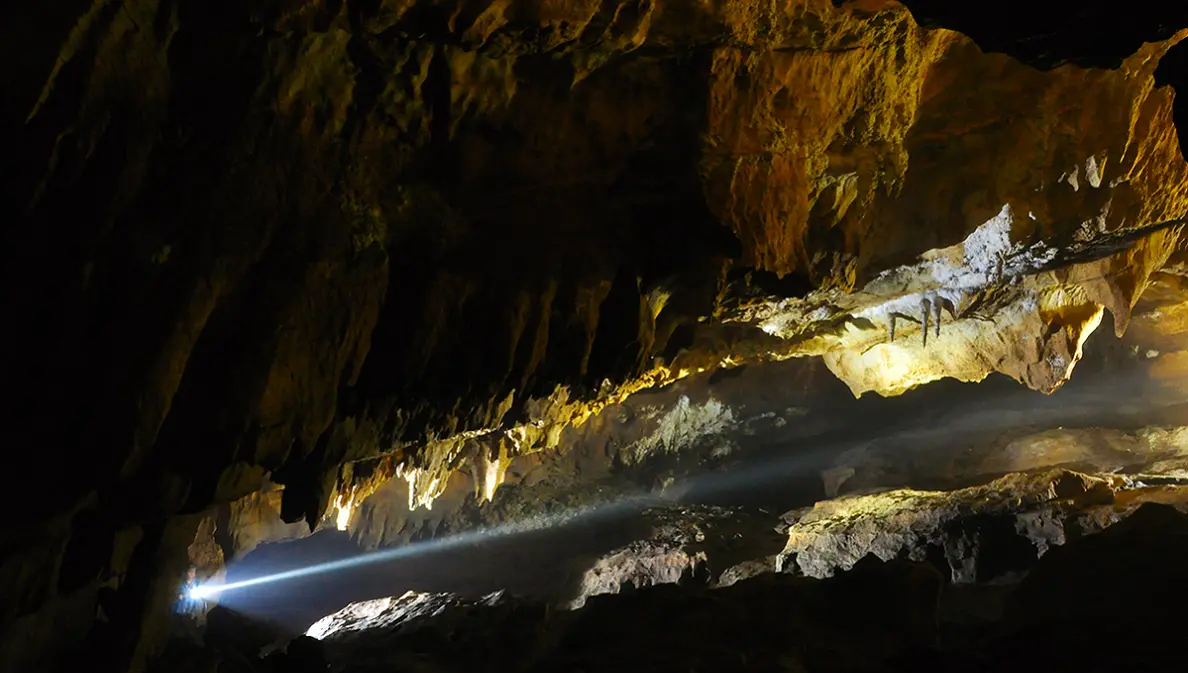
2.10. Ba Be Lake
Ba Be Lake is located in the central area of the Ba Be National Park and is a beautiful green pearl that nature has bestowed. The geological and hydrological tectonics of Ba Be Lake are very special, the calm water is like a giant mirror reflecting the reflections of rocky mountains and clouds.
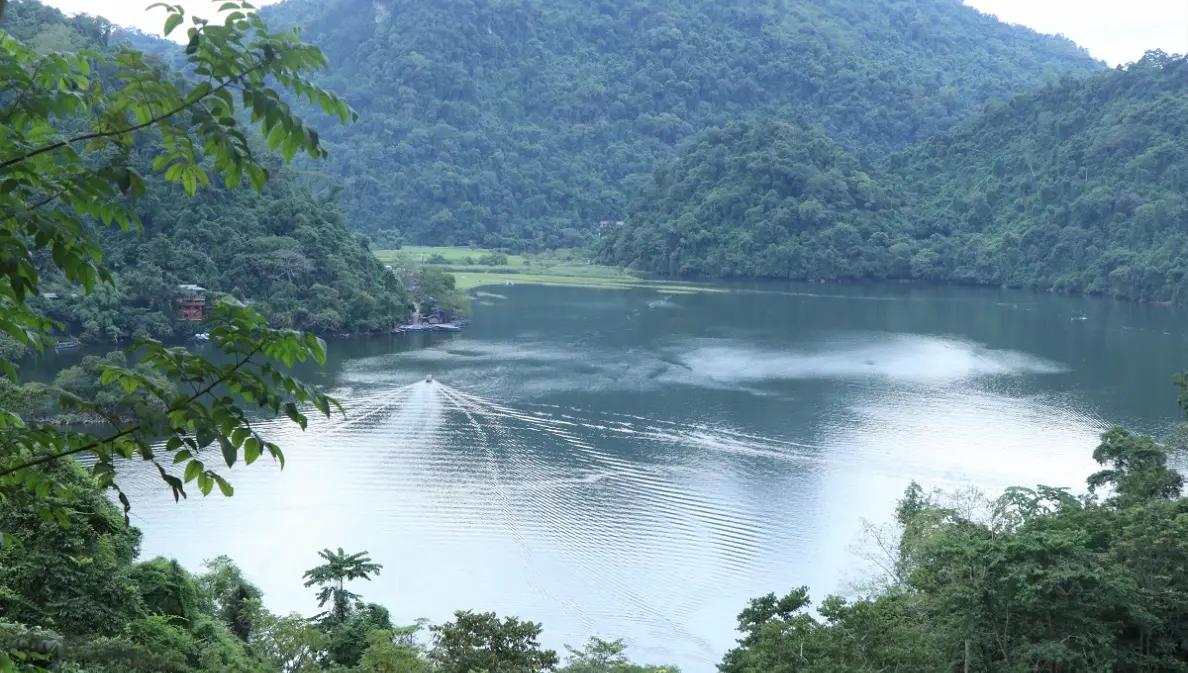
Ba Be National Park, with diverse flora and fauna, beautiful caves, and pristine natural landscapes, is waiting for you to explore. Hopefully, the travel experiences shared in the article will be useful for those of you who want to explore the place.
See more:
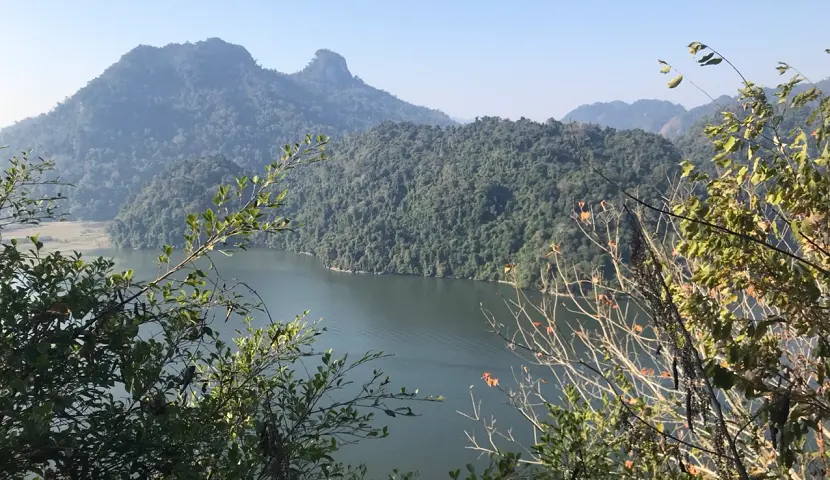
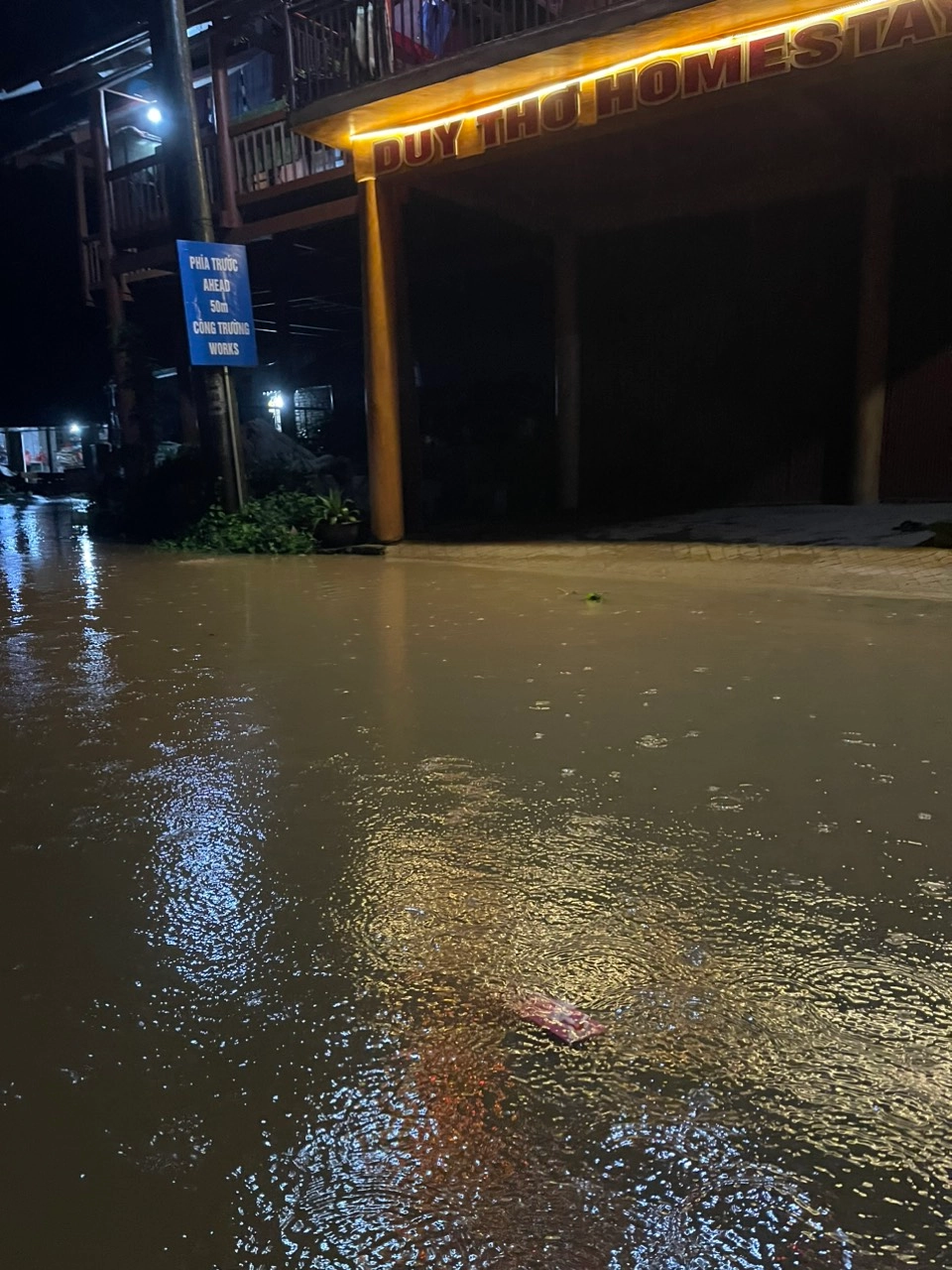

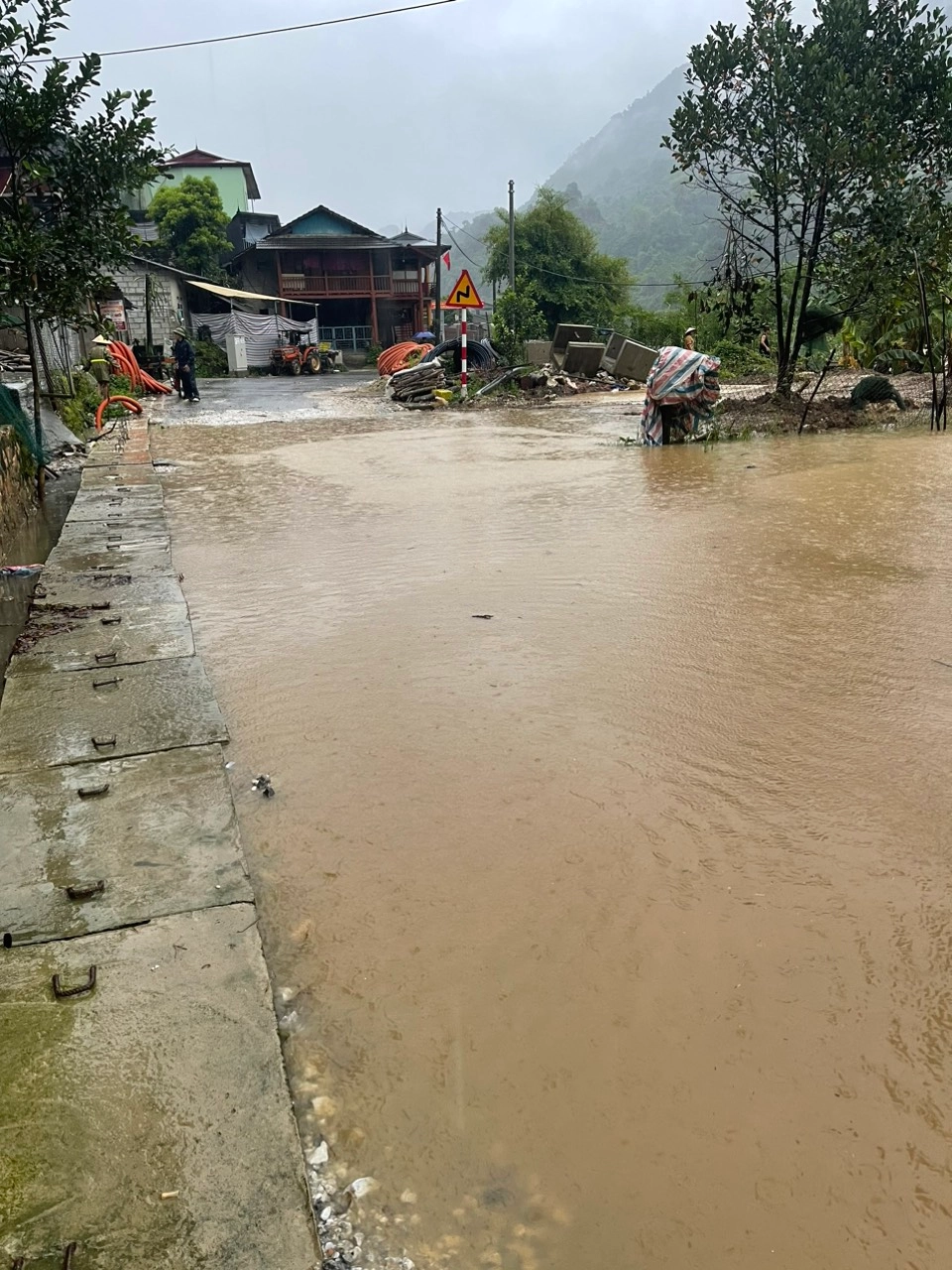







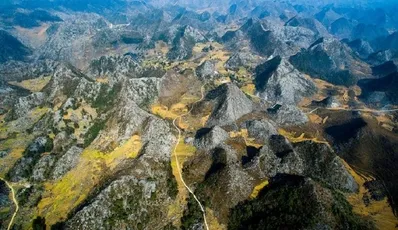
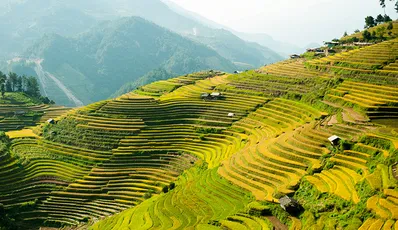
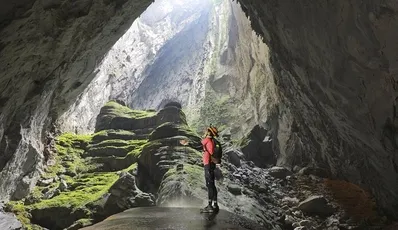
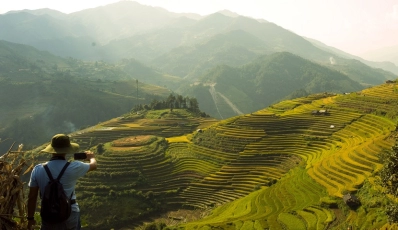
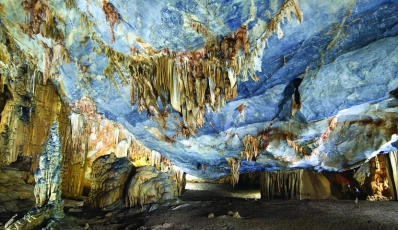


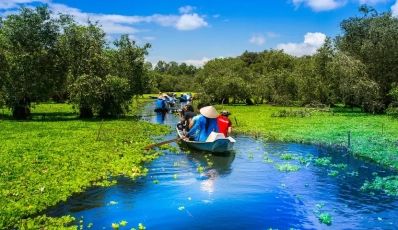





 TRAVELERS' CHOICE 2025
TRAVELERS' CHOICE 2025 


